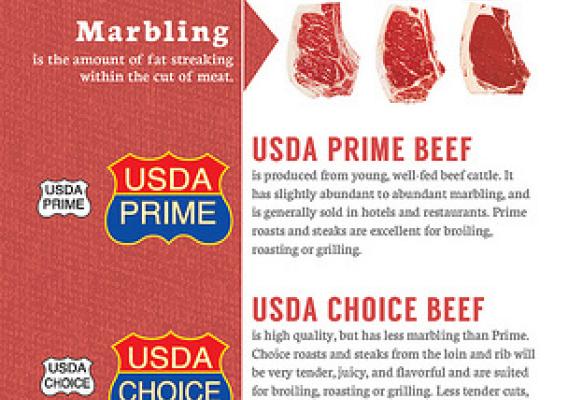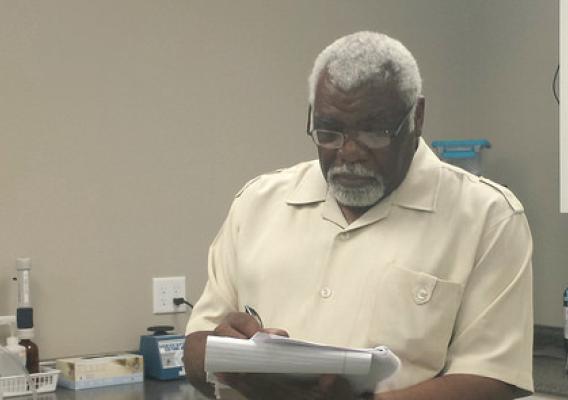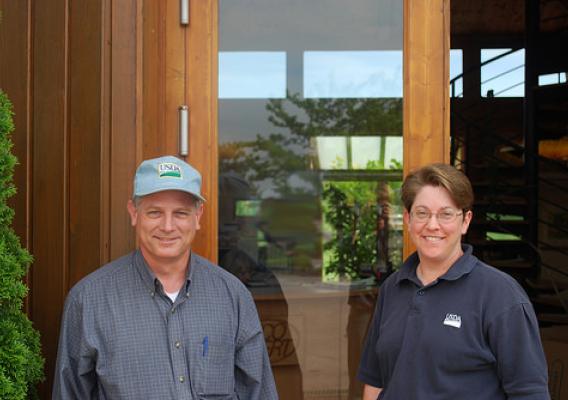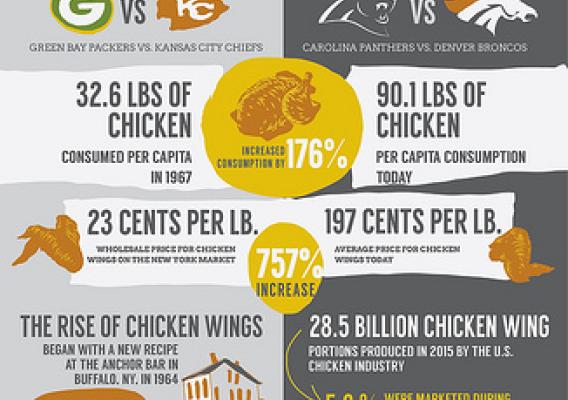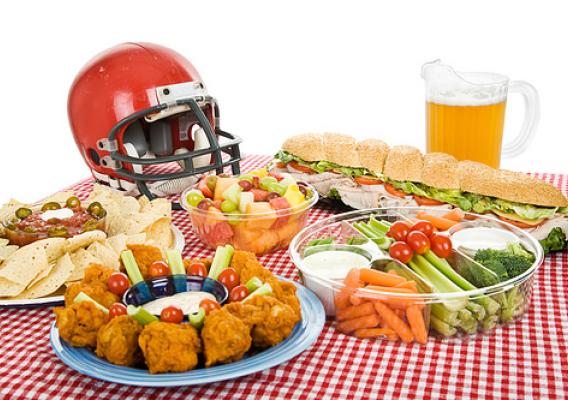July is the height of summer grilling season and throughout the month USDA is highlighting changes made to the U.S. food safety system over the course of this Administration. For an interactive look at USDA’s work to ensure your food is safe, visit the USDA Results project on Medium.com and read Chapter Seven: Safer Food and Greater Consumer Confidence.
By the time this blog posts today, most readers will have already enjoyed at least one meal. Over their breakfast—fresh fruit, a bacon and egg sandwich, or maybe a grab-n-go energy bar—Americans were probably thinking about all the tasks that meal would fuel them to do for the day, and not whether their food could make them ill. But a strong and diligent network of public servants at the federal, state and local levels were thinking about how to protect you from foodborne illness over their breakfasts this morning, and they’re still thinking about it now. Their job day in and day out is to make sure the food on America’s tables—including yours and theirs—is safe to eat. They are the best in the world at what they do, and they’re constantly getting better.
I have proudly been a part of this team since 1978, when I accepted a job with USDA’s Food Safety and Inspection Service (FSIS) as an inspector in a Dalhart, Texas beef facility. FSIS is the federal agency charged with ensuring the safety of America’s meat, poultry and processed egg supply, and we work hand in hand with the Centers for Disease Control and Prevention (CDC) and the Food and Drug Administration (FDA), as well as state and local departments of health and agriculture. Over the years, I worked my way up from that entry level position in Dalhart, to managing FSIS' Dallas District, to eventually managing the entire agency as Administrator. In my nearly 40-year career, I have seen major changes in the U.S. food safety system.

